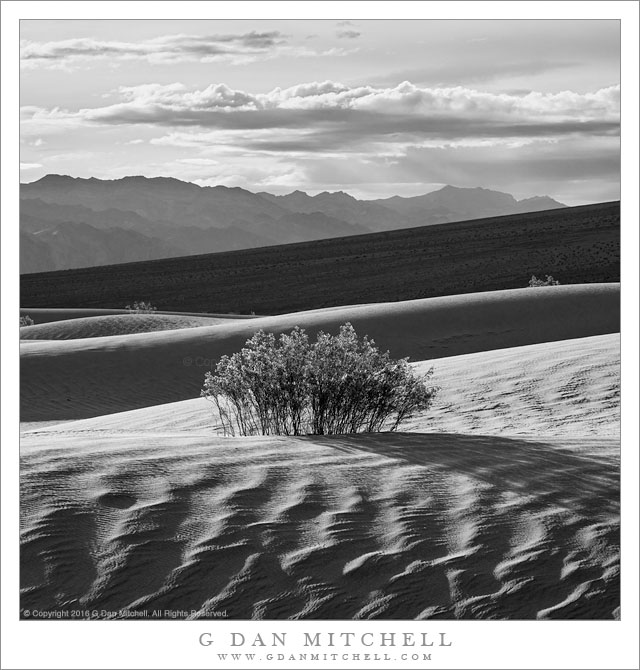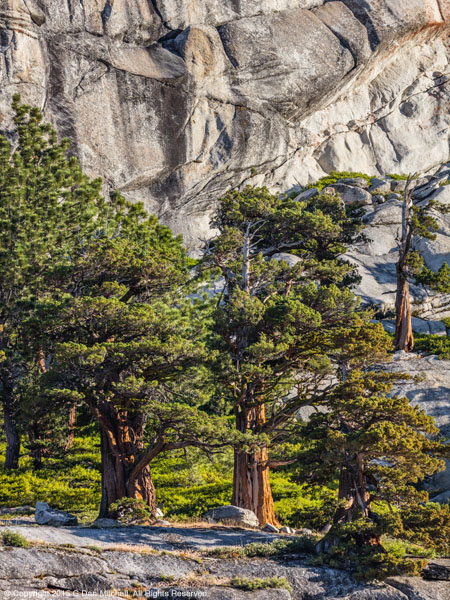Sony, a company that has made innovative inroads in the camera market in the past few years, just announced its new Sony A9, yet another innovative product that continues the impressive progress of mirrorless cameras. Some describe it as a “DSLR Killer.” I’m not so sure. Some thoughts follow.
(Sit back. This isn’t going to be a short post! Hint: It isn’t anti-a9, though it isn’t exactly pro-a9 either.)
First, some personal background and perspectives. I use both mirrorless and DSLR camera systems — a Canon system based around the 5DsR and a Fujifilm system based around the XPro2. I use both for serious photography. Either may be my first choice, depending upon my subject and other conditions, and each excels at some things and is less capable at others. All of this is my way of saying that I’m not “pro-DSLR” or “pro-mirrorless,” and that I’m fairly brand-agnostic. (My first digital cameras back in the pre-2000 “stone age” period were mirrorless!) There are a lot of great cameras coming from by a range of manufacturers today and choosing one brand over another makes little difference to one’s photography.
I’m convinced at this point that mirrorless cameras have the potential to become the predominant serious cameras eventually, and that they are already serious tools that can be the best choice in some situations. Their pluses, both current and potential, include the following: Continue reading “DSLR Killer!” — Maybe and Maybe Not



